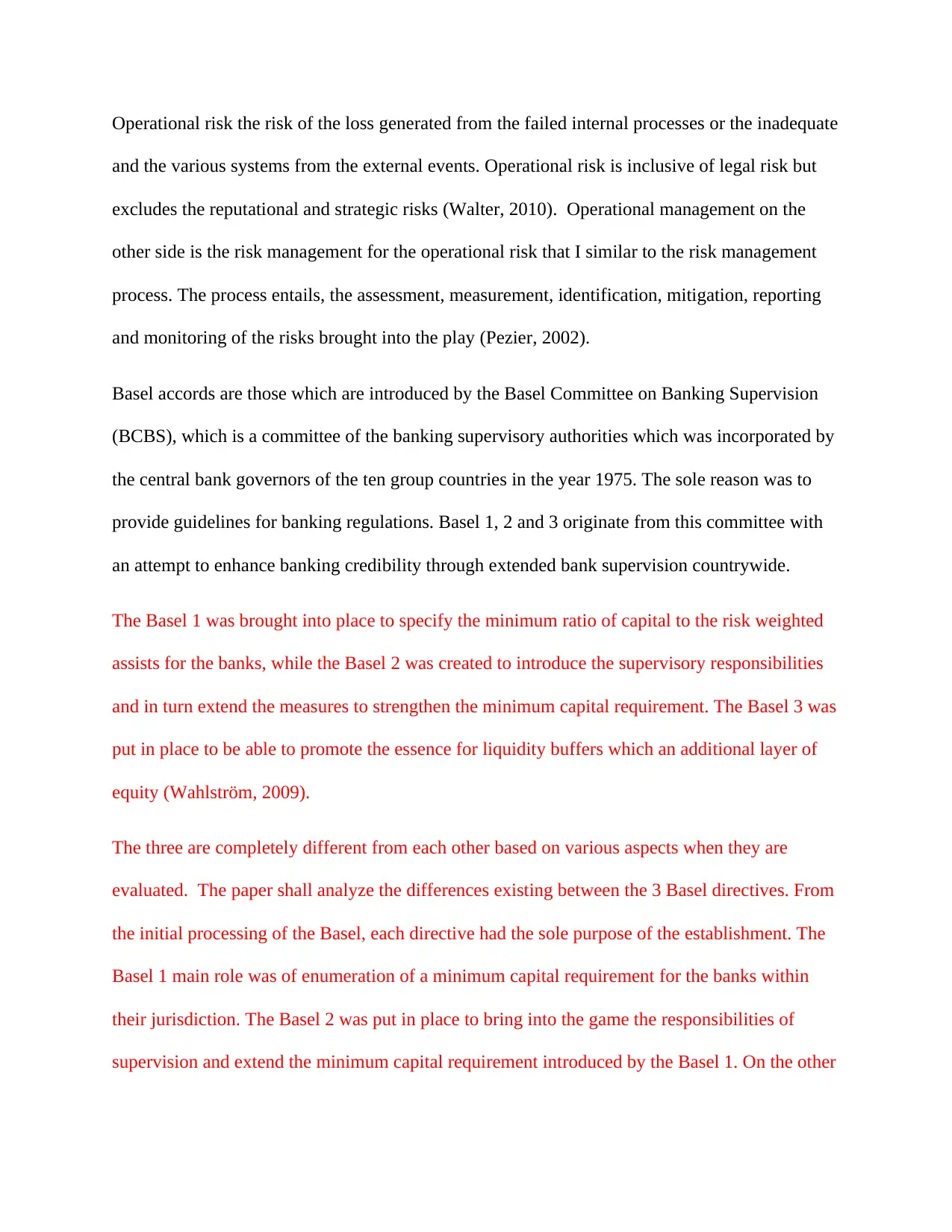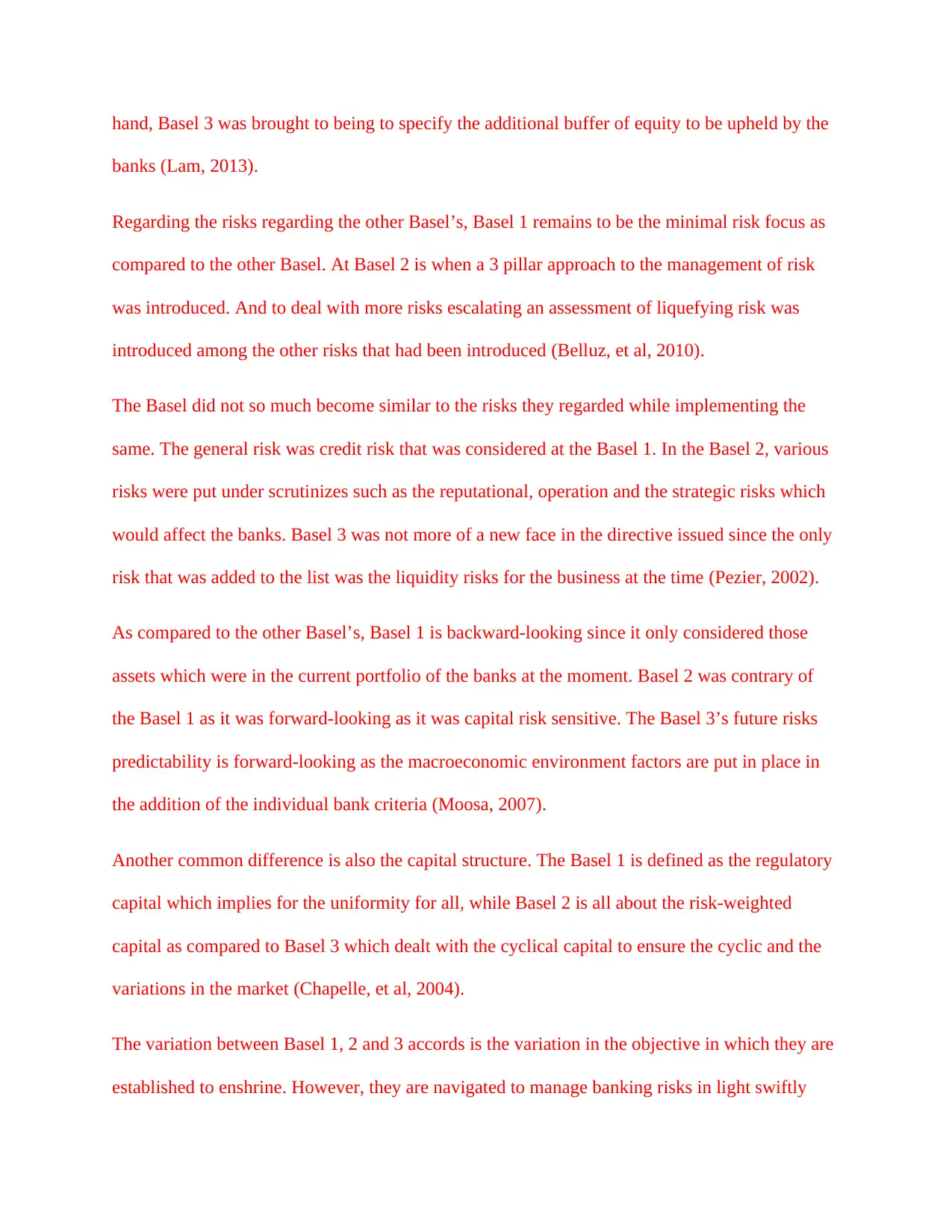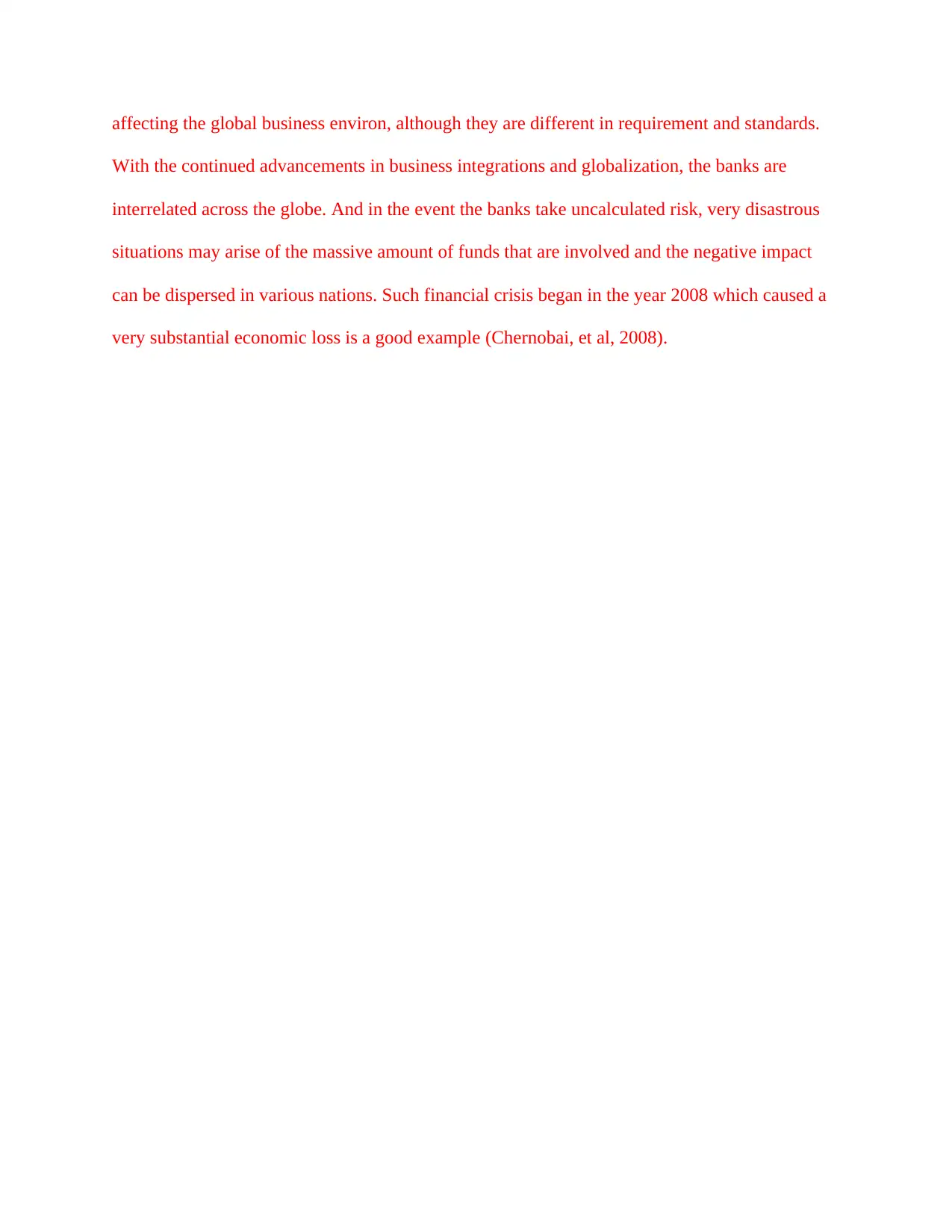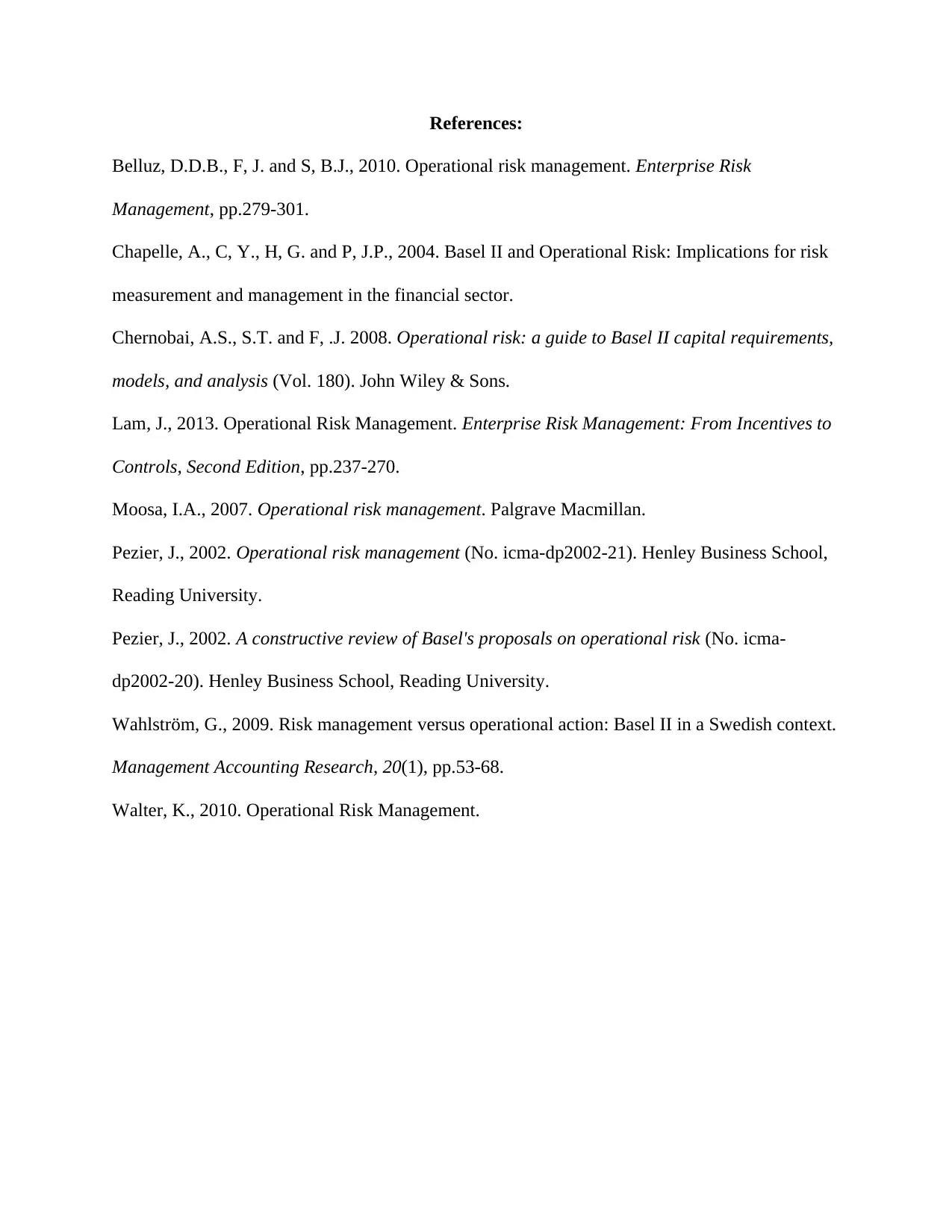Basel Accords: Comparative Analysis of Basel I, II, and III Directives
VerifiedAdded on 2020/03/04
|4
|1059
|47
Report
AI Summary
This report provides a comparative analysis of the Basel Accords, specifically Basel I, Basel II, and Basel III. It begins by defining operational risk and its management, highlighting the role of the Basel Committee on Banking Supervision (BCBS) in establishing these directives. The report then delves into the core differences between the three accords, including their objectives, risk focus (credit, operational, liquidity), and capital structures. Basel I's emphasis on minimum capital requirements is contrasted with Basel II's introduction of a three-pillar approach and Basel III's focus on liquidity buffers. The analysis also considers the evolution from a backward-looking approach to a forward-looking perspective, and the impact of these accords on the global financial landscape. The report concludes by emphasizing the importance of understanding these directives in managing banking risks, particularly in light of the 2008 financial crisis and increasing globalization. The document provides a comprehensive overview of the evolution and key features of the Basel Accords.
1 out of 4







![[object Object]](/_next/static/media/star-bottom.7253800d.svg)